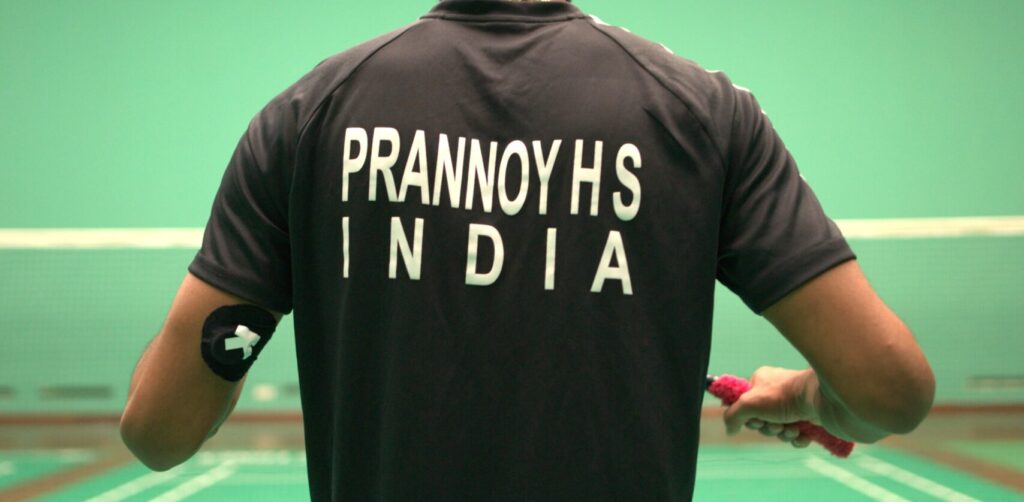Mental training or priming for toughness and endurance has been underestimated by many athletes and coaches. However, one has to only look at the careers of Michael Jordan or Kobe Bryant to see the massive impact priming has on honing the mental strength and competitive attitude of sportspersons and helping them to perform at their best.
In the field of psychology, priming refers to a technique in which the introduction of one stimulus influences the response of people to a subsequent stimulus. In the process of priming, just before another stimulus or task is introduced, an association/representation in memory is activated.

Highlights
- Mental priming isn’t given much importance by athletes and coaches, but it is important. The science behind explains why mental priming should not be ignored,
- Relaxation techniques like power posing and determination helps priming yourself.
Behavioural priming factors in the exposure of people to an external stimulus (for instance, a list of words describing old people), which in turn activates a mental construct associated with that stimulus (for instance, “being old”). This may affect a person’s overt behaviour without the person necessarily being aware of this influence (for instance, slowing down their walking pace).
When athletes train, the most important goal is to train efficiently and accurately to gain the most out of any single training module. To achieve this, a training attitude as well as a performance attitude can be set and fine-tuned using the technique of pre-training priming. This can be maintained during training to a level that even post-training gets its own attitude priming.
An attitude is an individual’s disposition to respond in their own way to an object, person, institution, event or to any other discriminable aspect of the individual’s world. It has long been supposed that perceptual and cognitive processes are guided by one’s attitude. The principles stated most often regarding attitude-guided information processing are that persons selectively seek information that agrees with their attitudes, while avoiding disagreeing information. These differences produce individual differences in perception and action.
The science behind priming
As discussed, priming essentially aims at activating a particular representation/memory in one situation so as to ensure its ready accessibility and use in a subsequent task or situation.
It has been consistently demonstrated in studies that implicit or subconscious cues can elicit a behavioural response in spite of the person being unaware of the nature of the cue and that it was even being presented.
Implicit refers to something that is understood but not described clearly or directly expressed or conveyed; it often uses implication or assumption. Explicit, on the other hand, can be seen as the opposite, describing something that is very clear and without any vagueness or ambiguity; nothing is implied or assumed.
In terms of behavioural priming, as discussed earlier, the exposure of people to an external stimulus can activate a mental construct associated with that stimulus. When a construct is primed, people often act in construct-consistent ways as suggested in the ideomotor theory.
The ideomotor theory suggests that actions are evoked impulsively by mental representations and are carried out spontaneously in the absence of inhibition. This means that if athletes are not paying attention to their attitude in the pre-training module, they are increasing their chances of being controlled (positively or negatively) by implicit information, either positive or negative (for instance, traffic, an argument earlier that day, result-oriented expectations, a great night’s sleep, and so on).
The use of explicit priming to set a beneficial attitude can redirect the person’s spontaneous reactions during training and help them tackle challenges, ensure that training time is efficiently spent and overall allow athletes to know how far they can progress their performance on a daily basis.

How to go about priming yourself
1. Relaxation techniques:
Techniques such asprogressive muscle relaxation, meditation, breathwork and imagery can be utilised by different athletes for different sports to help them neutralise themselves from implicit information and instead direct their attention to the preferred attitude.
2. Power posing:
Human beings and animals have been seen to express power through open and expansive postures. Posing in ‘high-power nonverbal displays’, coupled with the right attitude and self-trust can make a big difference in the way we perceive ourselves, the way we feel and can also change physiological parameters. Ask Eliud Kipchoge why he is smiling.
3. Strong determination:
The simple decision of choosing to enjoy the training session and summoning the willpower to face and manage any challenge during training can help smooth a lot of internal turmoil and resistance, without expending too much energy and while achieving higher results.
Conclusion
In athletic training, the mental strength, headspace and feelings of a person play a major role. Focusing only on the physical part of the training or bettering only one’s technical skills will not optimise the training process and what you get out of it.
Many athletes are aware of the power of the mind and the role it plays during crucial events. Therefore, priming explicitly and setting a beneficial attitude for every single training module will improve a sports person’s overall training performance as well as prepare them to use this attitude during the event itself.
Disclaimer: The contents of this article are for general information and educational purposes only. It neither provides any medical advice nor intends to substitute professional medical opinion on the treatment, diagnosis, prevention or alleviation of any disease, disorder or disability. Always consult with your doctor or qualified healthcare professional about your health condition and/or concerns and before undertaking a new healthcare regimen including making any dietary or lifestyle changes.
References
- John A. Bargh. European Journal of Social Psychology. Volume 36, Issue 2, https://onlinelibrary.wiley.com/doi/abs/10.1002/ejsp.336.
- https://books.google.co.in/books?hl=iw&lr=&id=av8hAwAAQBAJ&oi=fnd&pg=PT248&dq=attitude+&ots=fGtnw-r_4f&sig=WSWrf8-X_1P9p4ryr0ungXBcS5I#v=onepage&q=attitude&f=false.
- https://books.google.co.in/books?hl=iw&lr=&id=av8hAwAAQBAJ&oi=fnd&pg=PT248&dq=attitude+&ots=fGtnw-r_4f&sig=WSWrf8-X_1P9p4ryr0ungXBcS5I#v=onepage&q=attitude&f=false.
- https://psycnet.apa.org/record/2002-17391-012.
- https://doi.org/10.1037/0022-3514.89.5.657; https://psycnet.apa.org/record/2005-15658-001.








